Core Concepts In EP 2021 W/ Board Prep And Self Assessment (Videos+PDFs+Self-Assessement)
$120
56 Videos + 56 PDFs
Core Concepts in EP and Board Prep has evolved from the Society’s highly regarded Board Review Course and is designed to serve as an indispensible tool for preparing for the CCEP Exam. It also ensures a fundamentally sound EP knowledge base.
This course features didactic lectures and case-based workshops presented by expert faculty and course directors for in-depth coverage of the essential EP curriculum. It is bundled with a 100-question, multiple choice Self-Assessment Exam available immediately upon purchase.
Course Highlights
Over 20 recorded didactic lectures with nine case-based workshops delivered by leading experts covering:
Basic cardiac and intracardiac electrophysiology
Pharmacology of antiarrhythmic drugs
Noninvasive testing for arrhythmias
Atrial and other supraventricular tachycardias
Catheter ablation
Implantable cardioverter defibrillators
Cardiac pacing
Intracardiac ultrasound in EP
Transseptal catheterization techniques
Pericardial access for epicardial mapping and ablation
Complications of EP procedures – avoidance and management
Program :
Session I: Basic Science and Fundamentals of Electrophysiology
Basic Electrophysiology Principles for the Clinician
Inherited Ion Channelopathies
Sinoatrial and Atrioventricular Nodes and His-Purkinje System: Anatomy, Evaluation, Autonomics and Therapy
Retrograde Conductions
Workshop #1: Electrocardiographic/Electrophysiologic Correlations
Physiology and Conduction
Basic Science and Channelopathies
Basic Science
Session II: Invasive Diagnosis and Treatment
Use of Overdrive Pacing/Entrainment in Supraventricular Tachycardia
Principles of Entrainment: Ventricular Tachycardia
Techniques of Differentiating SVT Mechanisms: Part I
Techniques of Differentiating SVT Mechanisms: Part II
Workshop #2
SVT Maneuvers
Entrainment – VT
Entrainment – SVT
Catheter Ablation of Atrial Tachycardia and Typical Atrial Flutter
Physiology, Mapping and Catheter Ablation of Accessory Pathways
Workshop #3: SVT Mechanisms/Maneuvers
Physiology of Catheter Ablation of AV Nodal Reentrant Tachycardia
Special Workshop: 12 Lead ECG for PVC and VT Localization
Session III: Invasive Diagnosis and Treatment
Ventricular Tachycardia: Ischemic and Nonischemic Cardiomyopathy and other Unique VT Syndromes
Workshop #4: SVT and VT Invasive/Noninvasive Correlation
Wide Complex Tachycardias: Idiopathic VTs, Bundle Branch Reentry, Antidromic Tachycardias – Mechanisms, ECG Manifestations, Invasive Assessment and Ablation
Workshop #5: Invasive/Noninvasive Correlation
Session IV: Noninvasive Diagnosis and Treatment
Antiarrhythmic Drugs: Part I
Antiarrhythmic Drugs: Part II
Workshop #6: Electrocardiographic/Electrophysiological Correlations
Mechanisms, Pharmacologic, and Non-Pharmacologic Treatment of Atrial Fibrillation
Biophysics of Catheter Ablation
Workshop #7: Electrocardiographic/Electrophysiological Correlations, Atrial Fibrillation, Clinical Scenarios and Syndromes
Session V
Device: Evaluation, Management and Troubleshooting
Workshop #8: Device Cases
Workshop #9: Arrhythmia Case Studies
Special Technology Sessions
Transseptal Catheterization
Complications of Electrophysiologic Studies – Avoidance and Treatment
Use of Intracardiac Ultrasound in Electrophysiology Procedures
Pericardial Access for Epicardial Mapping and Ablation
Cardiac Conduction System Pacing – Theory and Practice
Electroanatomical Mapping – Principles and Pitfalls
Learning Objectives
Describe the current guidelines related to evaluation and management of patients with cardiac rhythm disturbances
Describe the role of electrophysiologic testing in managing patients with brady arrhythmias and tachyarrhythmias
Identify the advantages and limitations of diagnostic electrophysiologic methods
Identify the role of pharmacologic and non-pharmacologic therapies for the treatment of arrhythmias
Recognize the basic electrophysiology and genetics of inherited conditions associated with cardiac arrhythmias
Recognize clinical, electrocardiographic, and electrophysiologic characteristics of specific cardiac arrhythmia syndromes
Interpret complex electrophysiologic and electrocardiographic tracings
Interpret stored electrograms from pacemakers and ICDs
Understand the role, utility and limitations of imaging (fluoroscopy, intracardiac echocardiography, electroanatomic mapping) in electrophysiologic procedures
Understand different methods of safely accessing left atrium with transseptal techniques, and pericardial space for electrophysiologic procedures
Describe potential complications of electrophysiologic procedures, how to avoid them when possible and remedy them when they occur
Target Audience
EP Fellows
MDs taking the ABIM CCEP Board Certification Exam
MDs taking the ABIM CCEP Recertification Exam
Only logged in customers who have purchased this product may leave a review.
Related Products
VIDEO MEDICAL
VIDEO MEDICAL
VIDEO MEDICAL
VIDEO MEDICAL
VIDEO MEDICAL
VIDEO MEDICAL
VIDEO MEDICAL
VIDEO MEDICAL
VIDEO MEDICAL
VIDEO MEDICAL
VIDEO MEDICAL
VIDEO MEDICAL
VIDEO MEDICAL
VIDEO MEDICAL
VIDEO MEDICAL
VIDEO MEDICAL
VIDEO MEDICAL
VIDEO MEDICAL
VIDEO MEDICAL
VIDEO MEDICAL
VIDEO MEDICAL
VIDEO MEDICAL
VIDEO MEDICAL
VIDEO MEDICAL

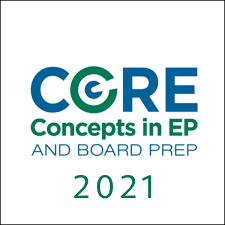



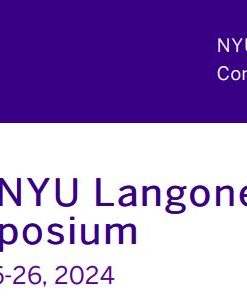
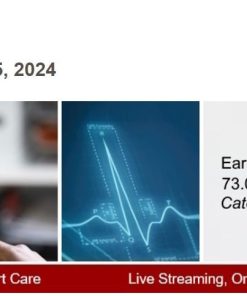

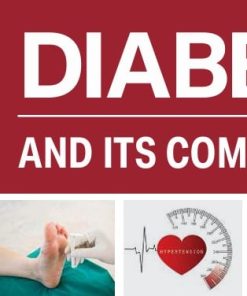
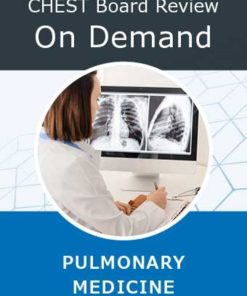
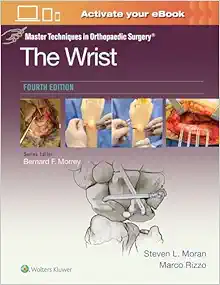


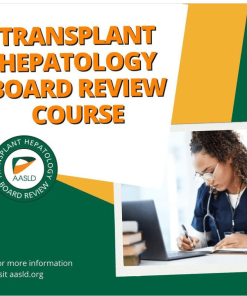
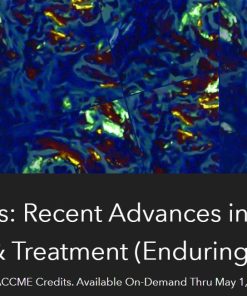
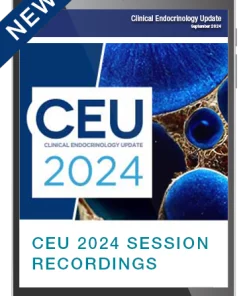
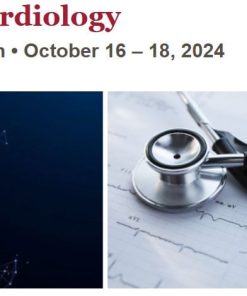
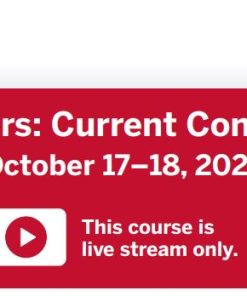
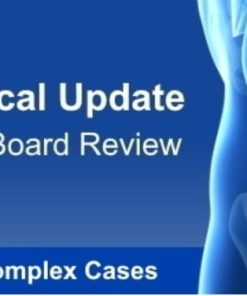
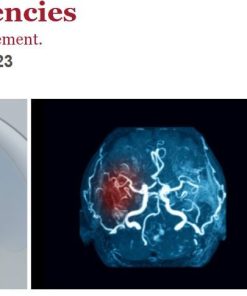
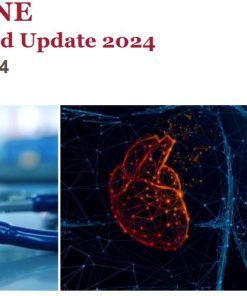


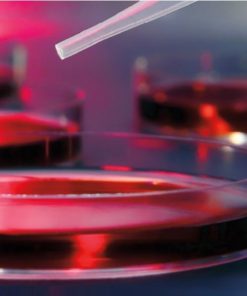
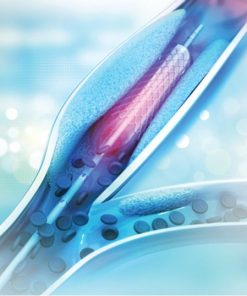


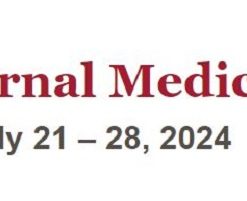
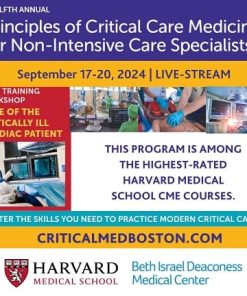






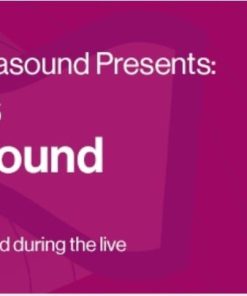
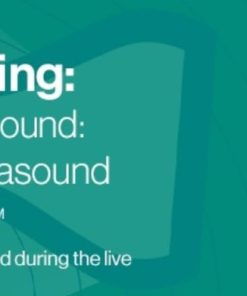
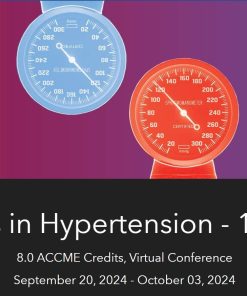

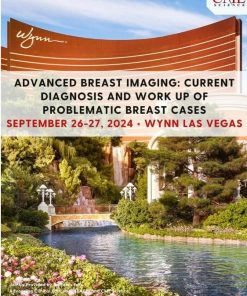






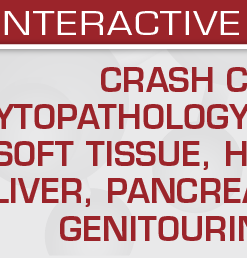
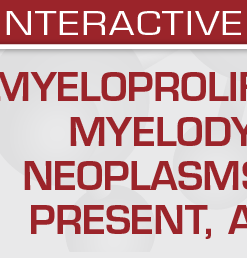

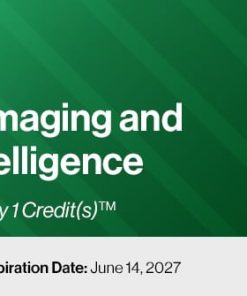
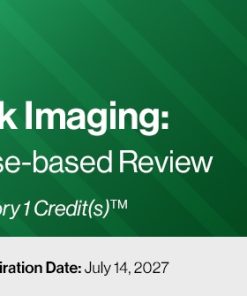



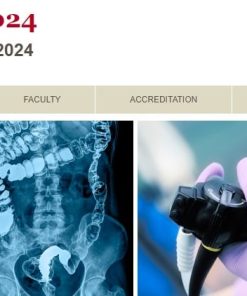


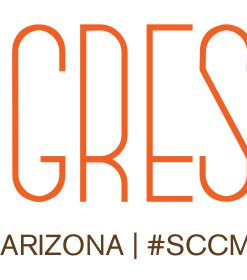

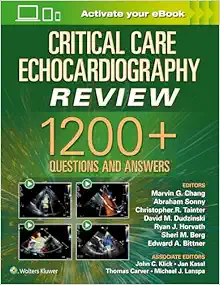
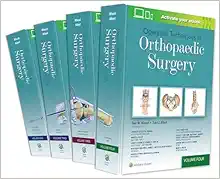
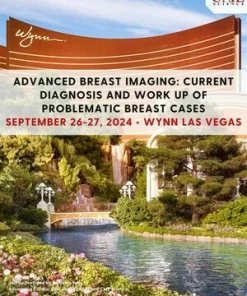



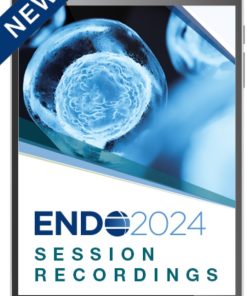


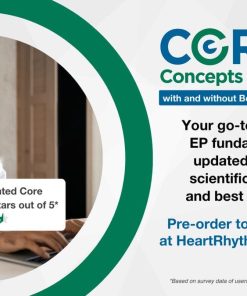
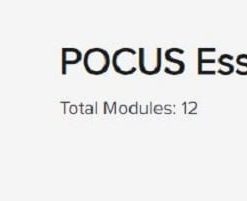



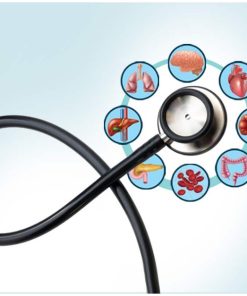
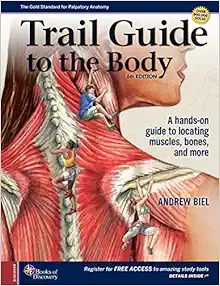

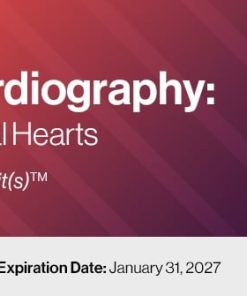
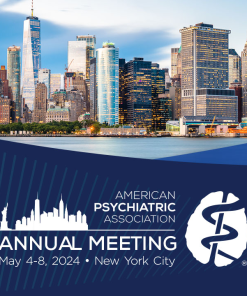

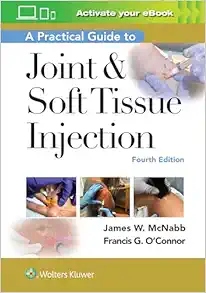
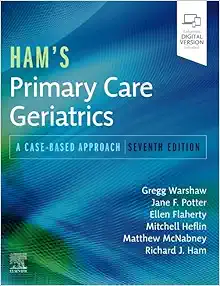
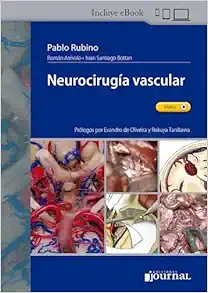
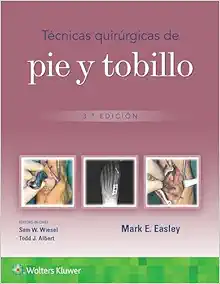
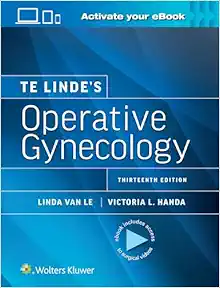



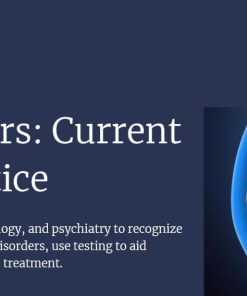
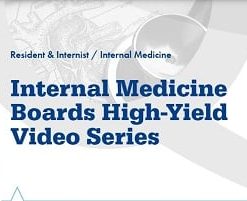

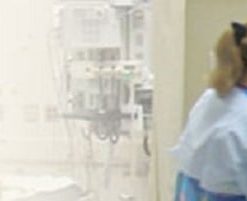


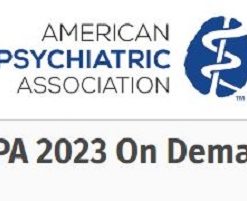



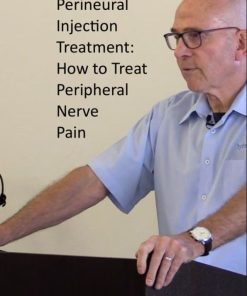
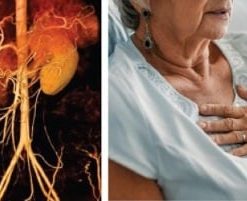
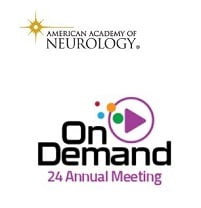
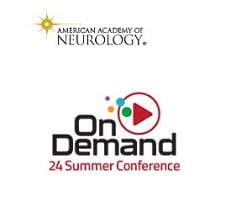
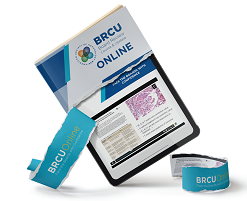
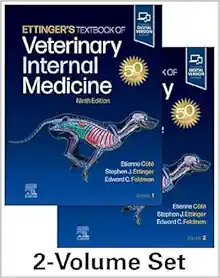
Reviews
There are no reviews yet.